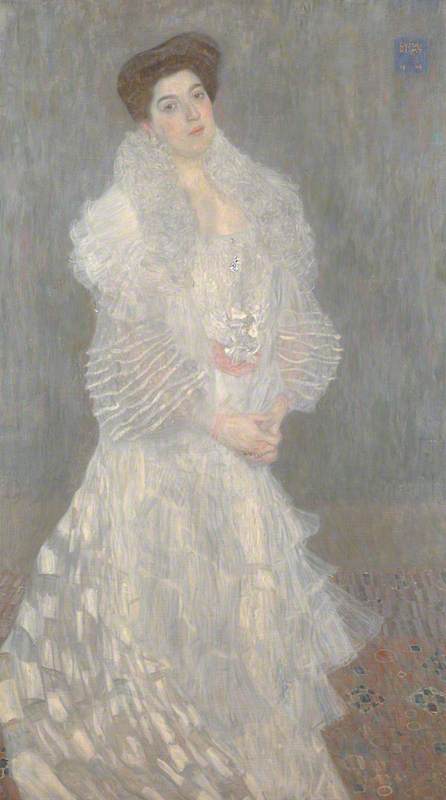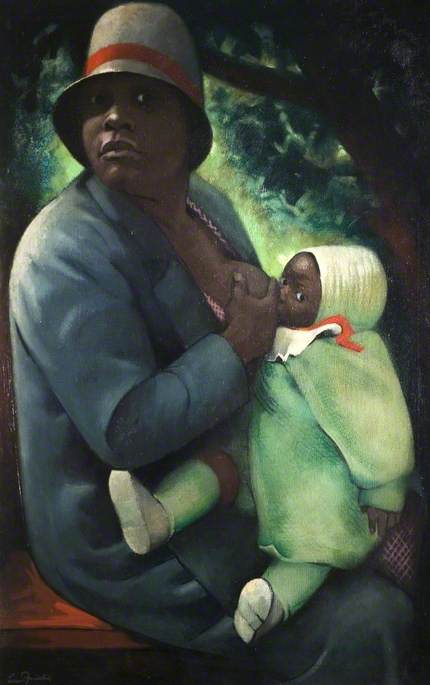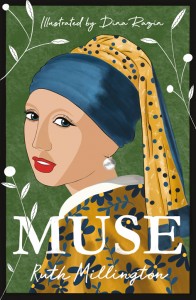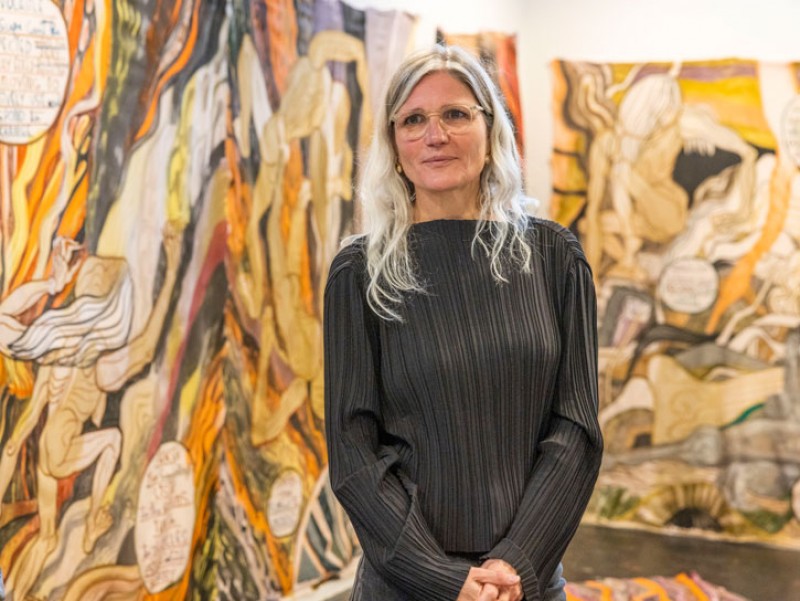Looking at the portrait of Hermine Gallia, one begins to feel an essence of a hypnotising serenity provoked by Gallia herself.
Before going further in understanding what she emits to her audience, note that Gustav Klimt was the type of artist with many admirers. During the 1900s, the recognition of Klimt was due to the rise of the international breakthrough of Art Nouveau in Vienna. With an erotic atmosphere, the movement alternated into the notion of a virulent 'free life'. The new environment meant free love, new ideas, and lifestyle changes, which contributed to the secession in Vienna and the newly adopted artistic styles.
In regards to Gustav Klimt's art, he was known as a painter of beautiful women. Moreover, his work consisted of women displayed as mythological goddesses and heroines, and the production of commissioned portraits of nouveau riche Viennese ladies. Thus, he gained the favour of the society women of Vienna. The dominancy of females in his portrait paintings marks a turning point from his academic style of painting to prefigured expressionism with a touch of impressionism.
Although he was feted by his community for the beauty within his portraits, at the time there was a backlash to the positioning of the women – in the 1900s it was described as pornographic. Eroticism was the atmosphere but it was of sensuality, respect, and seductiveness, not purely on the provocation of female sexuality. Before labelling the identity of Klimt, his intention for these portraits was to merely capture the aesthetics of beauty. He followed the ideology of an artist living only for his work, yet he could not achieve full affirmation in his paintings.
As an artist, he is positioned within the era's art movement and societal standards, which contributed to his choice of women and style. As his work is an advocate to his identity in the art world, he focused on providing the audience the ability to feel and experience the artworks as a visual expression. There is a resemblance shared between all his women: delicacy, but also the impression of femme fatale as an object of desire. The vision was between illusion and reality – the illusion being the impressionistic style of his painting, and the reality was of the women's beauty as models.
Hermine Gallia was the wife of a government adviser Moritz Gallia – later a leading patron of the arts. She was one of Viennese society's women who possibly knew Klimt enough to comfortably be painted as vulnerable and familiar. At first glance, Klimt's execution of Gallia using oil paint forms an atmosphere of a comforting engulfment. The insipid technique portrays her leaning towards the audience, but rather cautious and distant from any threat. There is a certain standard and etiquette women of wealth must follow, so her detachment is reasonable.
View this post on Instagram
The anxiousness she emits to Klimt displays her reluctance in revealing her feelings, hence her clasped hands. Gallia's defensive posture is stabilised by the clasp to disguise her tenderness as an objectified woman of societal standards. The melancholy facial expression and background is similar to many portraits he made of these women. They share the same serene air of reverie – looking at the world and at men with a sense of detachment and loneliness. With the bold yet unstable medium for colour, it correlates in representing the delicacy of her beauty, as well as her fear of the unknown.
Even though Klimt painted her sensually, beautifully, and with an air of eroticism, the painting provokes a feeling of loneliness, detachment and anxiousness. He embodied that isolation himself with his own life. Despite having several women around him, he was still unable to commit to one, except his supposedly platonic companion Emilie. Hermine Gallia was one of many women who upheld their position within society, but was anxious and fearful of the future without enjoying the present.
Rozali Abou Chakra, artist
Further reading
Betty Caplan, Art from Vienna's golden era – The Australian Jewish News, 2011
Gilles Neret, Klimt, Taschen, 1994
Susanna Partsch, Gustav Klimt, Prestel, 2012
Geoffrey Smith, Great Works of Western Art – Portrait of Hermine Gallia







